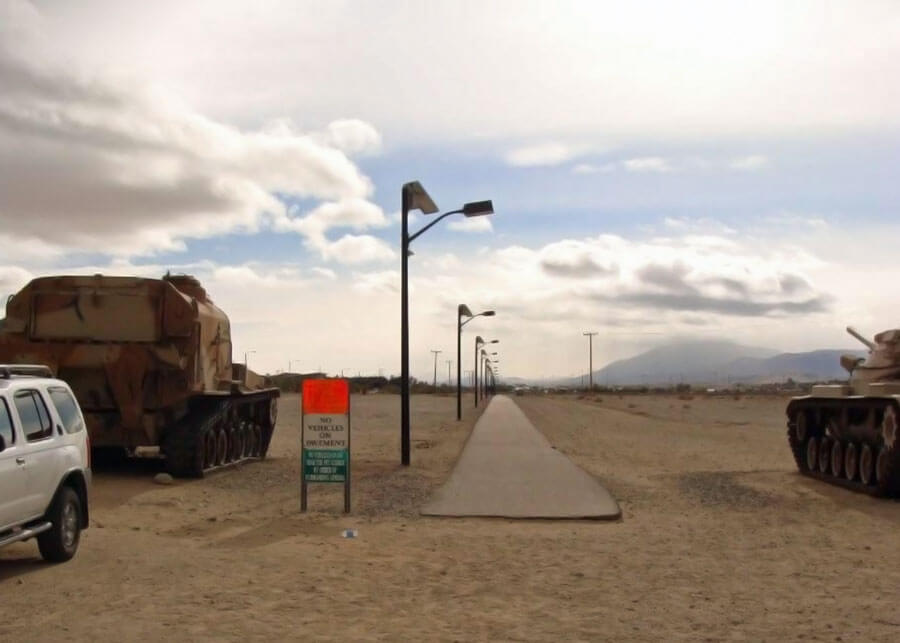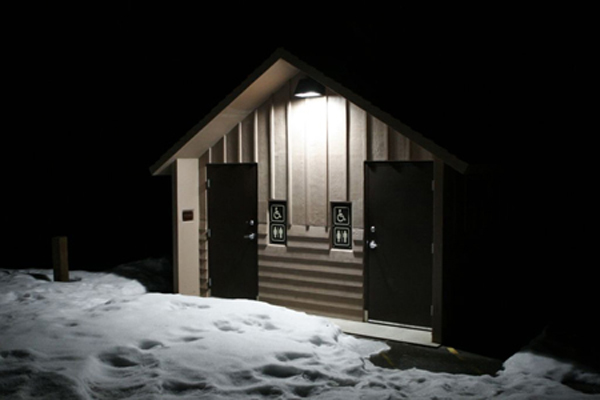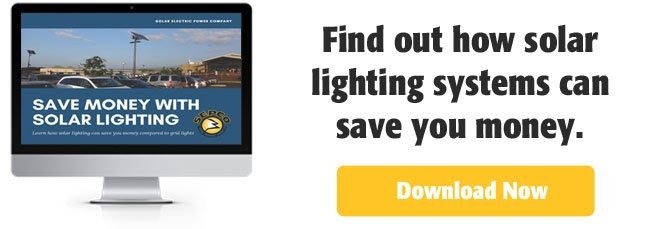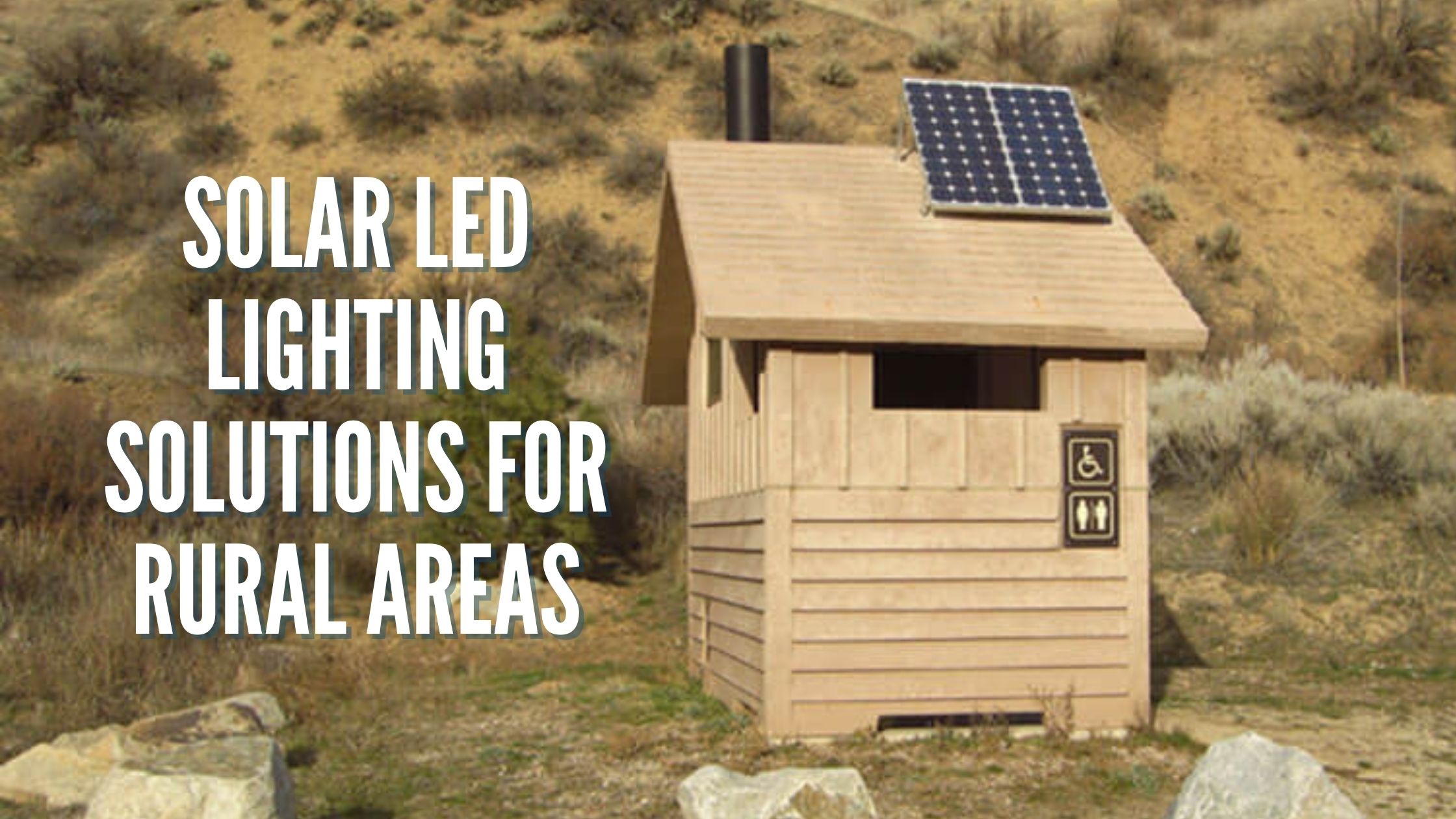Rural areas have less infrastructure than their urban counterparts; therefore, making access to standard electrical power and lighting more difficult and costly. Off-grid solar provides the power for many of these applications at a fraction of the cost to bring in the required power, especially with the cost of solar decreasing at a rapid rate. This is why solar LED lighting solutions are the perfect choice for rural areas.
Solar LED lighting solutions can be easily integrated into rural areas to provide light in locations that need it most. Dark intersections, pathways, parks, signs, and many other applications can all be illuminated by solar LED lights and don’t have to rely on the grid power. Best of all, a lot of solar lighting systems utilize dark sky-friendly fixtures and do not take away from the beautiful night sky found only in rural areas.
By providing lighting in rural areas, there is an increase in safety and security. This is especially true in public spaces and along roadways. By providing power for lighting and other applications, such as security cameras, statistics show there will be a reduced rate of crime. This can also have a great effect on residences' quality of life.

Solar LED lighting systems can be much less expensive to install in rural areas since the reliance on grid power is nonexistent. Instead of having to trench in the electricity from another location, sometimes quite far away, you are able to place the power source at the location of the light. This lowers the costs of installation drastically since dropping in the meter, the amount of wire, heavy equipment, etc. that is required would be eliminated.
There is also very little ambient lighting, so the amount of light required is much less than in suburban or urban areas. What requires a higher wattage / lumen output in an urban area, requires a much lower output in a rural area. For example, most sign applications can get away with using a 10-15 Watt flood fixture where an urban area is 15-25 Watts for the same installation, depending on the amount of ambient light. The lower wattage also means smaller solar and battery requirements.

On top of that, there are no electric bills, and maintenance is practically non-existent, especially with the increase in LED technology. Most components last 20+ years, with only the battery requiring maintenance every five to seven years with many commercially designed systems. This means you won’t have to constantly pay to service the solar LED lighting systems or purchase replacement parts except occasionally.
Remote buildings can also be set up to use solar power for operating day-to-day equipment along with lighting. These systems can be roof mounted on the building and operate the equipment using inverters. The systems work similarly to a lighting system; however, they would be much larger and have a larger battery bank to provide the necessary power. These units can have lighting, some power for other applications, and operate not only at night but also during the daytime.
Solar LED lighting systems for rural areas are a great solution to provide power for lighting. Considering the cost of installation and maintenance to the cost of bringing in the traditional grid power, you may be shocked at the price difference. Make sure to not only compare the cost of equipment, but also the long-term costs, such as energy bills, over the lifetime of the installation.



